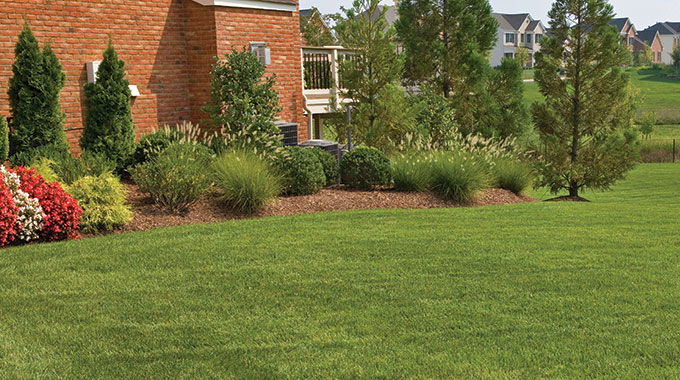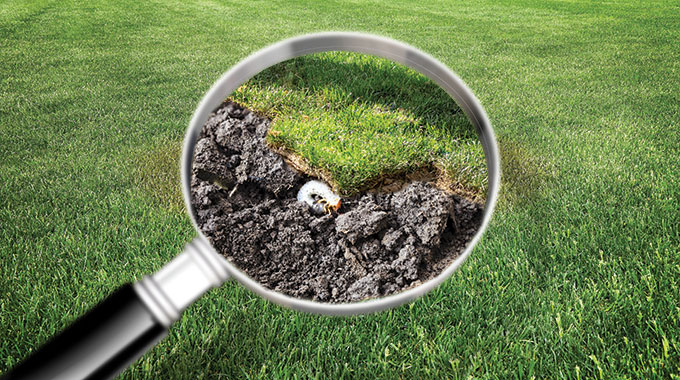
Natural Barriers
When planning new or expanded landscapes, it’s necessary to consider how trees, shrubs, and other plantings will contribute shape and structure to your property. Living landscaping can be particularly helpful when it contributes shade and privacy to your outdoor living spaces.
While traditional fences may be necessary in some cases, a natural screen of trees or shrubs can often offer a similar level of privacy that’s much more attractive. Rows of arbor vitae or cypresses can create a formidable tree line that can define a property line or section off areas of your own property. Boxwood shrubs are great for creating continuous hedges that act as natural walls.

In addition to privacy, living landscaping can provide cooling shade to your outdoor living spaces. Strategically placed rows of tall, thick evergreens can block huge amounts of sunlight, making your patio area significantly cooler on a hot summer day. In addition to trees and shrubs, introducing ivy to pergolas and other hardscape elements is a great way to create both shade and privacy with living plants.
Whether natural or man-made, structures create a unique sense of space that will define how people experience your property. Living landscaping, especially trees and shrubs, can act as living structures that provide privacy, shade, and ambiance.
Look Out For Grubs
Ever laid eyes on a grub? If so, you know how ugly these pests are. Even uglier, though, is the damage they can do to your lawn.
Grubs are the unfortunate offspring of beetles, such as June beetles and Japanese beetles, and they hatch from eggs laid in the soil. After hatching, the grubs (or beetle larvae) start feeding on turf roots. As feeding continues and the root system is destroyed, the lawn loses its ability to take up water. If no action is taken, the lawn can be ruined.

An Unseen Threat
Grubs live and feed underground, so they aren’t readily visible. Even if your lawn appears healthy above ground, that doesn’t mean grubs aren’t feeding on the root system down below. That’s why it’s a good idea to perform periodic “grub inspections.” Simply pull up a small section of sod to see if any grubs are visible (most have off-white bodies with brown heads, and they assume a “C” position when disturbed). If you see more than six grubs per square foot, your lawn is in need of treatment.
Other signs pointing to a grub infestation include:
• Turf that feels spongy as you walk across it
• Dead turf that can be rolled up easily (like a loose carpet)
• Irregular brown patches throughout your lawn
Fighting Back Against Grubs
Systemic insecticides are a very effective means of grub control. They are absorbed by turf roots, and the grubs are killed as they feed on the roots. For best results, systemic insecticides should be applied before eggs hatch. This can help to stop grub damage from occurring in the first place. If grub damage does appear before treatments can be made, reseeding and extra watering may be necessary to repair the affected areas.
As with any lawn pest, it’s better to be proactive than reactive. Regular inspections for grubs and properly timed treatments will give your turf the protection it needs.
